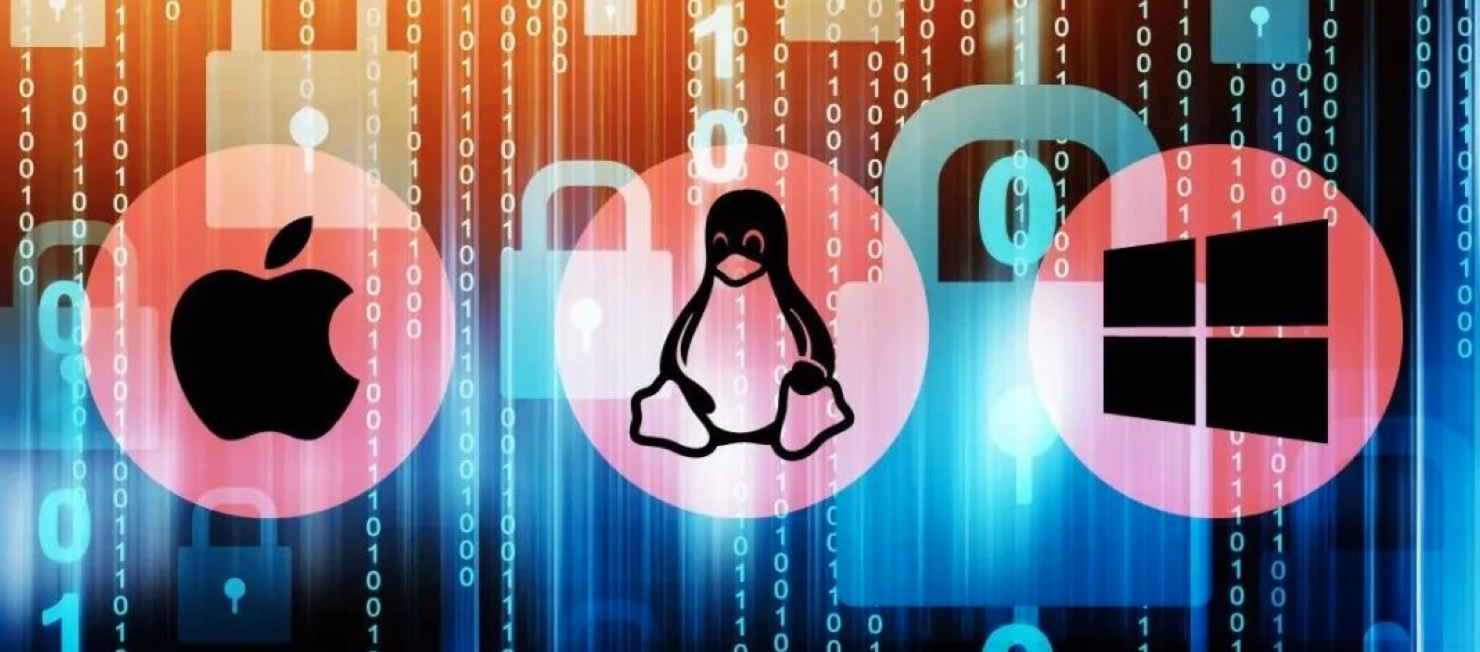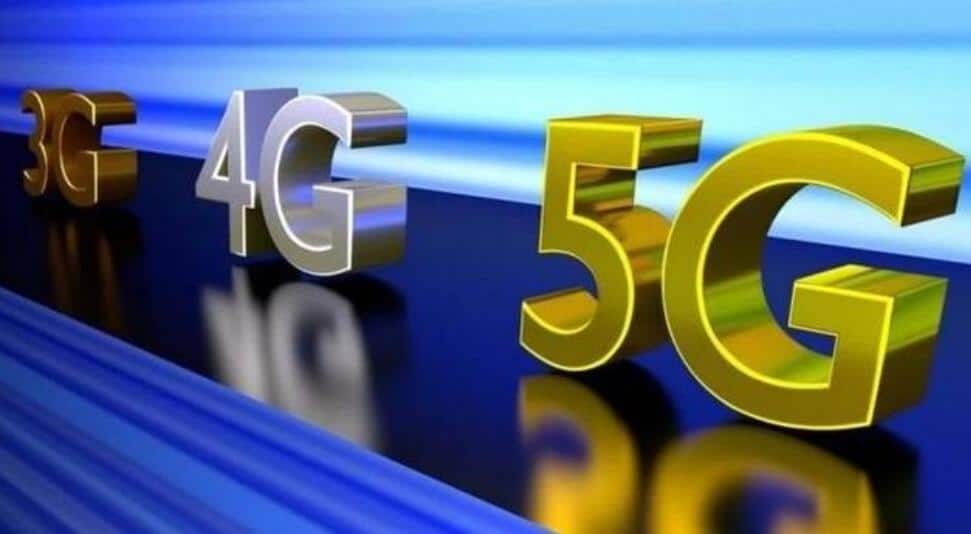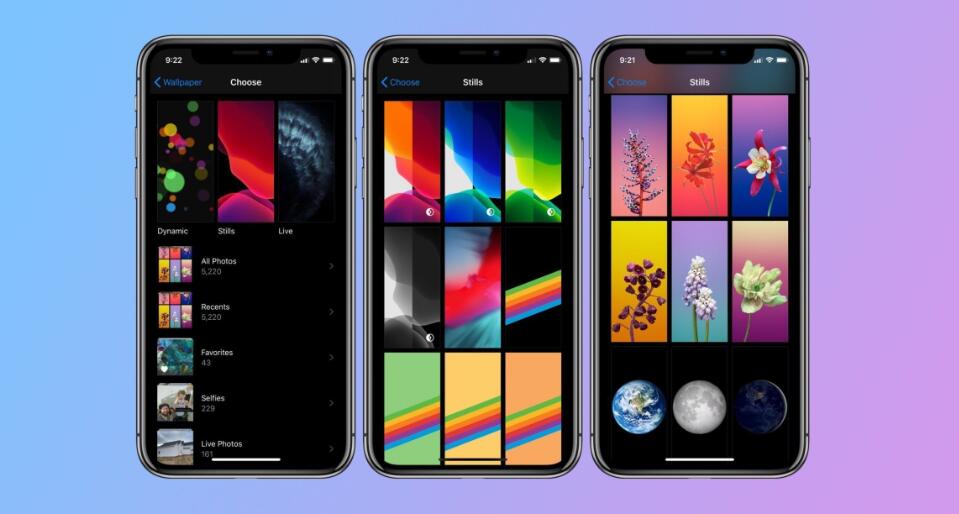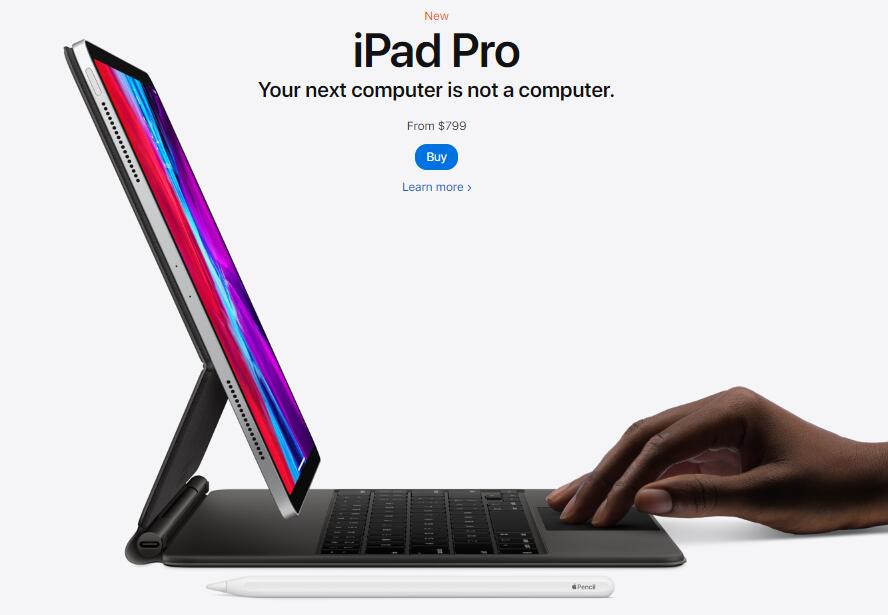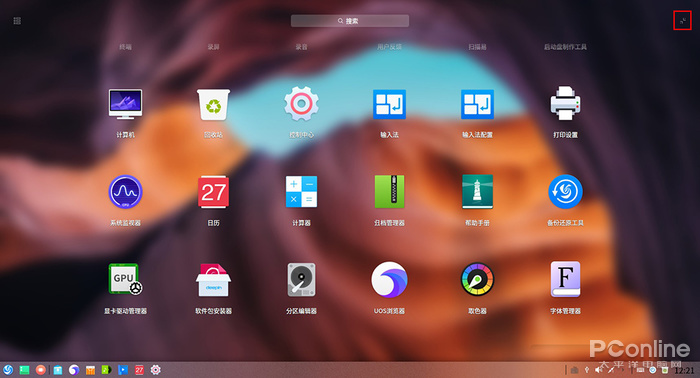
As cnTechPost reported earlier this month, China-made operating system -- Unity Operating System (UOS), has made the first version available.
It is an in-house developed operating system by China-based software designers including NewStart, Wuhan Deepin Technology and stated-owned CEC, with the aim of replacing Windows gradually in the Chinese market.
How far is it from realizing that goal? What does it look like in daily use? PConline has released a hands-on review about it.
1. Registration and download
Because it is still in an early version, the developer did not directly provide a download link, but set a participation condition: you must first register an account on the official website (https://www.chinauos.com) and submit an internal test application Before downloading.
However, this review takes a long time, and it must also be registered with an enterprise email. A more method is to download the leaked image!
UOS is currently divided into x86 (suitable for Intel or AMD CPU users), MIPS (Godson users), ARM (smart phone users) three versions.
For ordinary users, choose x86. The overall image package size is 2.12GB, which is slightly smaller than Win10 and is similar to Win7 / 8.
2. Installation
UOS is based on the Linux kernel and is not recommended to be installed on a physical machine.
The installation is all visual, except that it takes a little longer, the rest is almost the same as installing an ordinary software.
Before installation, you need to set the system language, installation location, and other information, and then UOS will automatically start the installation.
The installation is fast, and it takes about 7 minutes in the virtual machine, which is basically the same as Win7.
Some small UOS features will be displayed during the installation process.
If you use a virtual machine installation, you will see prompts related to deepin Linux, which shows that UOS largely absorbs deep Linux technology.
After installation, UOS will prompt the user to restart. After entering again, the final setup process is completed. The settings mainly include time zone and account password. After about half a minute, you will enter the login interface.
3. System experience
1) Start up and login
The UOS startup is very cool, and a dynamic color LOGO with breathing effects will be displayed on the screen, which slowly flashes over time.
The speed of cold start and hot start is very different. The cold start takes about ten seconds, which is about the same level as Win7. The hot start is fast, 2-3 seconds.
This is a better experience for daily Windows users!
The login interface integrates some Android and Windows features. At first glance, it looks a lot like the theme of system beautification many years ago.
The wallpaper is the same as the current desktop, but like most mobile platforms, you can set different wallpapers for the lock screen and desktop separately.
In addition to time, date, and week, if there are songs being played in the system, they will also be displayed on the lock screen. You can easily pause or switch the current track.
Although the entire interface is not the same as Windows 10, but it is not incompatible with the habits of Windows users, it is quite smooth for the first time. The biggest feeling is that the frosted frame in the middle is very eye-catching.
After entering the password and pressing Enter, you will see the performance alert again, and it is still the same reason as before-worrying about the virtual machine affecting performance.
This time, UOS offers two modes to choose from-"Special Effect Mode" and "Normal Mode". Our choice was to ignore it and click on "Special Effect Mode" directly.
Of course, this is also a good thing. Low-end machines can run more smoothly, which is similar to the "Appearance Mode" and "Performance Mode" in Windows!
2) Desktop
The desktop layout is similar to Windows, including the start menu, icons, taskbar, quick launcher, sound, network, settings, time adjustment, and all modules appear where it should appear.
3) Start menu
The start menu uses a design similar to Win7, the translucent "frosted glass" is cool, and with the full-color icon design, it gives people a completely different feeling from Windows.
After opening, the most recently used applications are displayed first, and all applications are displayed below. Unlike Windows, UOS already groups apps by default, and it looks pretty neat.
In the upper right corner of the start menu is a "zoom" button, which will turn into full-screen mode when clicked. This is much like the routine of Windows 10 now, one interface is used on the PC and one is used on the tablet.
However, UOS does not have a "tablet mode" like Win10, and it is estimated that it cannot be switched automatically after the magnetic keyboard is inserted. From the perspective of appearance and function, this full-screen mode of UOS is more similar to macOS LaunchPad, which can quickly list the applications in the system.
The search function is also very useful. In addition to the standard Chinese character input, you can also search Chinese applications through pinyin, which is much more user-friendly than Windows 10. In addition, it also supports full spelling and initial letter search, which is also not possible in Windows 10.
Support pinyin search is very convenient, much stronger than Windows 10!
The search bar does not need to be clicked, as long as the start menu is open, you can directly enter the search. But this is limited to the start menu, and search in the window is not supported.
4) Taskbar
The taskbar supports two modes, "Efficient Mode" and "Fashion Mode". The simplest understanding is that "efficient mode" is a Windows-like style, and "fashion mode" is a macOS-like style.
The "fashion mode" icon is centered, and all modules exist in the form of buttons, which is convenient for finger clicks. "Efficient Mode" is more like Windows for daily use, with small icons, compact arrangement, and more in line with the habits of PC users.
"Plug-in" is a more fun feature in UOS. For example, if you have the habit of "throwing garbage", then you can put the recycle bin here. If you think it is too troublesome to shut down every time, arrange the power button.
In short, this is a feature that Windows does not have, but it really works!
5) Multi-label Explorer
The resource manager uses a macOS-like style, or that sentence. It is too standard and innovative on the basic framework, which is actually not conducive to later promotion.
There are no shortcut buttons reserved in the UOS Explorer interface, which means that whether you copy or paste, these common operations all rely on right-click or keyboard shortcuts to complete.
The window has a rounded corner design, which is larger than macOS, and it also has a large shadow like macOS, which is very cool.
Usually, the address bar will be reduced to a button. After entering the multi-level target, each level folder will be displayed here, which is convenient for quick rollback.
At the same time, it also adds a feature that Windows does not have-multiple tabs, as long as you right-click the folder and select "Open in new tab", the window will appear on the tab bar, you can switch by clicking.
The file supports two display modes, list and icon, and a preview pane similar to Windows. If your files are pictures, music, documents, etc., you can even add color tags (TAG) to facilitate later searches.
6) "Dark mode" and "Blu-ray removal mode"
Like Windows 10 and macOS, UOS also comes with a dark theme, and even cooler than Windows 10, its dark mode can automatically switch with time!
To its credit, its dark mode can be switched automatically over time.
In addition, it can also adjust the color temperature automatically. However, since we are using a virtual machine, we cannot see the actual effect. Visual inspection should be able to automatically switch color temperature according to the user's location.
7) Control Center
The control center of UOS can set various options of the system. From the visual effect point of view, the overall settings are more refined than Windows 10. The entire interface is presented in a three-stage design. In addition to the clearer layering, there is no need to run east and west when switching.
However, the details can be further improved, and some places are not detailed enough. Of course, this is not surprising. Linux has many functions, and the preparation of graphical interfaces is a huge task. You can compare other desktops of Linux such as KDE and Gnome. UOS is not bad.
8) System Monitor
The task manager of UOS is called "System Monitor", with the performance area on the left and the process area on the right. In addition to real-time viewing of CPU, memory, network speed, and disk curve, you can also suspend or suspend processes (a Linux-specific process state) and other operations like Windows.
The only inconvenience is that it needs to enter the shutdown page to start, and it seems that there are no shortcut keys available. Of course you can pin it to the taskbar, if you use it more!
"System service" is used to manage the service items in the system, and the specific usage is not much different from Windows 10. Put a comparison chart here, the design is relatively easy to get started.
9) Virtual desktop
UOS virtual desktops are managed and switched through "Multitasking View", and it has a shortcut key-Win + S. UOS can create up to four virtual desktops, and the taskbar and wallpaper between different desktops are interlinked.
UOS also provides two sets of shortcut keys Win + W and Win + A, which correspond to switching within the current desktop and switching between all desktops, respectively.
In addition, in UOS, there is a shortcut key (Alt + ~) that I feel very easy to use, which can cycle through the same type of windows (such as Explorer windows).
This is much more convenient than Alt + TAB (task switch key under Windows).
10) Application Store
The application store is a routine with many operating systems, and of course it is also the current operating system development trend. Xiaobian want to experience the software installation under UOS, but ... The page is completely empty, it should not be completed.
Of course, as an operating system, you can also manually download the installation package. Linux manual software installation is more complicated, in addition to the original software resources are not sufficient, some software needs to use the terminal to enter the command line to install, not so friendly for ordinary users.
Downloading and installing manually is of course no problem, but it is not as good as Windows for daily use.
11) Screen hot zone
Aero Snap for Windows is a very good design. Drag the window to the edge of the screen to split the screen. MacOS refers to it, as does UOS.
UOS has set up hot zones in all corners of the screen. There are seven types of top left, bottom left, top right, bottom right, left, right, and top. They are similar to Windows 10.
However, from the actual trial situation, this hot zone of UOS is pickier and often not works, and it also does not have the automatic fill avoidance function of Windows 10, and there is still some room for optimization in the later stage. The following is the operation map.
4. Built-in common applications
UOS has some built-in general components, such as schedules, input methods, browsers, calculators, music players, video players, etc. This is one thing every system manufacturer is doing.
Although the built-in applications are often not powerful, it can ensure that the new system can meet the basic needs of users after the installation is complete.
The calendar contains the Gregorian calendar, Chinese calendar, solar terms, festivals, and off-duty reminders. As with similar products, you can switch it to "year view", "month view", "week view", and "day view" as needed.
Right-click a date to create a new schedule, and it can be divided into different schedule types such as "work", "personal", and "other" as needed.
Of course, these are just some basic functions. Some advanced functions such as weather and schedule customization are not supported, and signature apps like macOS are started regularly, not to mention.
The music player only supports local song playback, and provides lyrics display (local), track collection and other functions. Of course, as a built-in music, this result is already very good, after all, everyone has a favorite music software, no matter how good you are, you can't afford to change the user!
The design of the calculator is relatively simple, only a simple version. Provides history viewing and secondary editing of formulas. All numbers are automatically added with thousands signs for easy reading.
"Brackets" is a highlight in this small app, at least the calculator (easy mode) that comes with macOS and Windows does not support it.
The function of screenshot is very strong, including two modules of screenshot and screen recording. Features such as callouts, text, arrows, and shapes are available in the screenshots, as well as relatively "high-end" functions like blur and mosaic, which are rare in free software.
The screen recorder provides two formats of GIF and MP4, and supports visual display of mouse and buttons. The volume and clarity of the video is also excellent, and it is difficult to find opponents in free software.
In addition to the built-in Sun pinyin, which is known as the best under Linux, the input method also accidentally added two Wubi input methods.
Judging from the trials these days, this UOS is still very good. Regardless of appearance, operation, fluency, and stability, it is basically comparable to Windows.
Many of these details include built-in password less login (Windows 10 requires command activation), dark mode that automatically switches over time (Windows 10 requires manual switching), screen reminder after pressing the uppercase key (Windows 10 does not support it), and Explorer Multi-tab (not supported in Win10), open RAR directly (not supported in Win10), time-lapse screenshot (shortcut Ctrl + Prn screen, not supported in Win10), even the latest version of Win10 did not do it.
Of course, for ordinary users, its disadvantages are also obvious. The lack of daily software and the ecological environment of the game has greatly hindered the development of the system in the consumer market.
In addition to the original lack of sufficient native software resources on the Linux platform, even the applications that have been ported have great versatility to win. What's more, the application store that UOS has not yet launched makes this problem even more prominent.



















